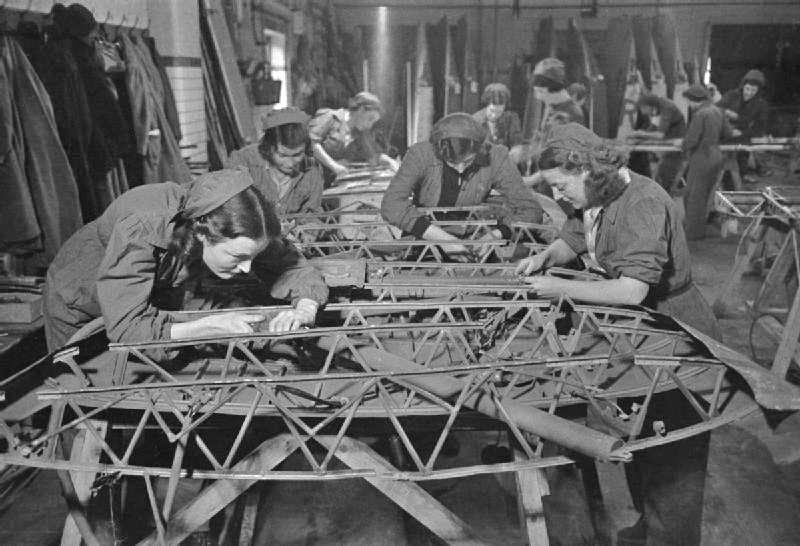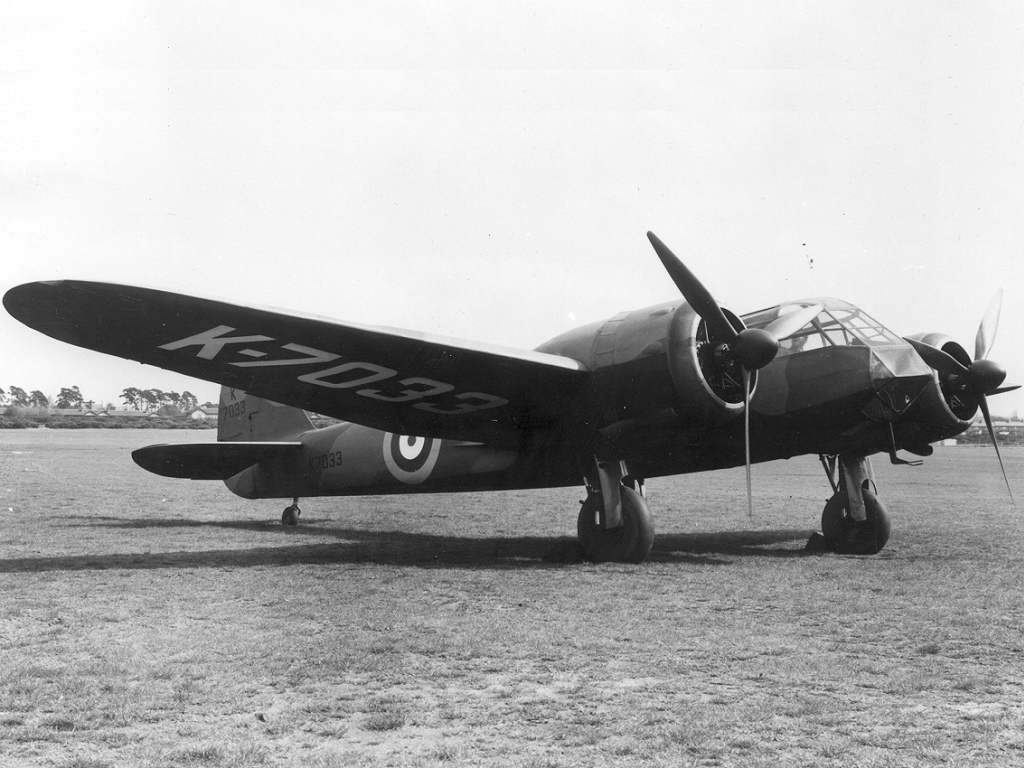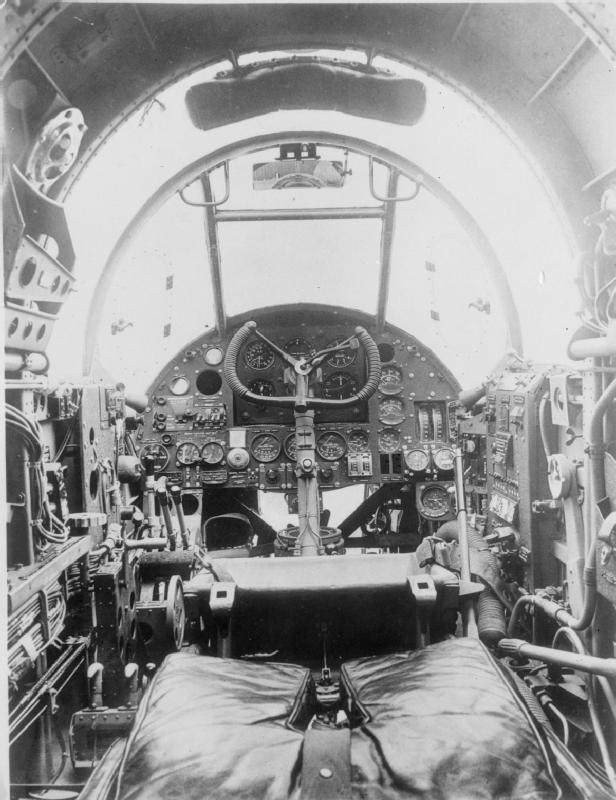|
Vickers K Machine Gun
The Vickers K machine gun, known as the Vickers Gas Operated (Vickers G.O.) or Gun, Machine, Vickers G.O. .303-inch in British service, was a rapid-firing machine gun developed and manufactured for use in aircraft by Vickers-Armstrongs. The high rate of fire was needed for the short period of time when the gunner would be able to fire at an attacking aircraft. The weapon was adopted for land use during World War II. Development The Vickers K was a development of the Vickers-Berthier (VB) light machine gun, adopted in 1932 by the British Indian Army, Indian Army.Weeks, John, ''World War II Small Arms'', New York: Galahad Books (1979), , p. 88-89 The VB, like the Bren light machine gun, used a locking Tilting bolt , tilting breechblock. Unlike the Bren, the VB locked its breech only at the last moment of forward travel. With lighter moving parts and the VB locking design, the Vickers K had an adjustable rate of fire between 950 and 1,200 rounds per minute; faster than the German M ... [...More Info...] [...Related Items...] OR: [Wikipedia] [Google] [Baidu] |
Fairey Battle
The Fairey Battle is a British single-engine light bomber that was designed and manufactured by the Fairey Aviation Company. It was developed during the mid-1930s for the Royal Air Force (RAF) as a monoplane successor to the Hawker Hart and Hawker Hind, Hind biplanes. The Battle was powered by the same high-performance Rolls-Royce Merlin piston engine that powered various contemporary British Fighter aircraft, fighters such as the Hawker Hurricane and Supermarine Spitfire. As the Battle, with its three-man crew and bomb load, was much heavier than the fighters, it was therefore much slower. Though a great improvement over the aircraft that preceded it, its relatively slow speed, limited range and inadequate defensive armament of only two .303 British#Mark VIIIz, .303 (7.7 mm) machine guns left it highly vulnerable to enemy fighters and anti-aircraft fire.Ethell 1995, p. 177. The Fairey Battle was used on operations early in the Second World War. During the "Phoney War" th ... [...More Info...] [...Related Items...] OR: [Wikipedia] [Google] [Baidu] |
Fleet Air Arm
The Fleet Air Arm (FAA) is the naval aviation component of the United Kingdom's Royal Navy (RN). The FAA is one of five :Fighting Arms of the Royal Navy, RN fighting arms. it is a primarily helicopter force, though also operating the Lockheed Martin F-35 Lightning II, F-35 Lightning II carrier-based stealth fighter jointly with the Royal Air Force. The RAF was formed by the 1918 merger of the RN's Royal Naval Air Service with the British Army's Royal Flying Corps. The FAA did not come under the direct control of the Admiralty (United Kingdom), Admiralty until mid-1939. During the Second World War, the FAA operated aircraft on ships as well as land-based aircraft that defended List of Royal Navy shore establishments, the Royal Navy's shore establishments and facilities. History Beginnings British naval flying started in 1909, with the construction of an airship for naval duties. In 1911 the Royal Navy graduated its first aeroplane pilots at the Royal Aero Club RAF Eastchu ... [...More Info...] [...Related Items...] OR: [Wikipedia] [Google] [Baidu] |
Fairey Swordfish
The Fairey Swordfish is a retired biplane torpedo bomber, designed by the Fairey Aviation Company. Originating in the early 1930s, the Swordfish, nicknamed "Stringbag", was principally operated by the Fleet Air Arm of the Royal Navy. It was also used by the Royal Air Force (RAF), as well as several overseas operators, including the Royal Canadian Air Force (RCAF) and the Royal Netherlands Navy. It was initially operated primarily as a fleet attack aircraft. During its later years, the Swordfish was increasingly used for Anti-submarine warfare, anti-submarine and Trainer (aircraft), training duties. The type was in frontline service throughout the World War II, Second World War. Despite being obsolescent, the Swordfish achieved some spectacular successes during the war, including sinking one battleship and damaging two others belonging to the ''Regia Marina'' (the Italian navy) during the Battle of Taranto, and the Last battle of Bismarck, famous attack on the German battleship ... [...More Info...] [...Related Items...] OR: [Wikipedia] [Google] [Baidu] |
Royal Navy
The Royal Navy (RN) is the naval warfare force of the United Kingdom. It is a component of His Majesty's Naval Service, and its officers hold their commissions from the King of the United Kingdom, King. Although warships were used by Kingdom of England, English and Kingdom of Scotland, Scottish kings from the early Middle Ages, medieval period, the first major maritime engagements were fought in the Hundred Years' War against Kingdom of France, France. The modern Royal Navy traces its origins to the English Navy of the early 16th century; the oldest of the British Armed Forces, UK's armed services, it is consequently known as the Senior Service. From the early 18th century until the World War II, Second World War, it was the world's most powerful navy. The Royal Navy played a key part in establishing and defending the British Empire, and four Imperial fortress colonies and a string of imperial bases and coaling stations secured the Royal Navy's ability to assert naval superior ... [...More Info...] [...Related Items...] OR: [Wikipedia] [Google] [Baidu] |
Armstrong Whitworth Whitley
The Armstrong Whitworth A.W.38 Whitley was a British medium/heavy bomber aircraft of the 1930s. It was one of three twin-engined, front line medium bomber types that were in service with the Royal Air Force (RAF) at the outbreak of the World War II, Second World War. Alongside the Vickers Wellington and the Handley Page Hampden, the Whitley was developed during the mid-1930s according to Air Ministry List Of Air Ministry Specifications, Specification B.3/34, which it was subsequently selected to meet. In 1937, the Whitley formally entered into RAF squadron service; it was the first of the three medium bombers to be introduced. Following the outbreak of war in September 1939, the Whitley participated in the first RAF bombing raid upon German territory and remained an integral part of the early British bomber offensive. In 1942 it was superseded as a bomber by the larger four-engined "Heavy bomber#World War II 2, heavies" such as the Avro Lancaster. Its front-line service include ... [...More Info...] [...Related Items...] OR: [Wikipedia] [Google] [Baidu] |
Bristol Blenheim
The Bristol Blenheim is a British light bomber designed and built by the Bristol Aeroplane Company, which was used extensively in the first two years of the Second World War, with examples still being used as trainers until the end of the war. Development began with the ''Type 142'', a civil airliner, after a challenge from the newspaper proprietor Harold Harmsworth, 1st Viscount Rothermere, Lord Rothermere to produce the fastest commercial aircraft in Europe. The ''Type 142'' first flew in April 1935, and the Air Ministry, ordered a modified design as the ''Type 142M'' for the Royal Air Force (RAF) as a bomber. Deliveries of the new Blenheim to RAF squadrons commenced on 10 March 1937. In service the Type 142M became the Blenheim Mk.I which would be developed into the long-nosed Type 149, the Blenheim Mk.IV, except in Canada where Fairchild Canada built the Type 149 under licence as the Bolingbroke. The Type 160 Bisley was also developed from the Blenheim but was already obsol ... [...More Info...] [...Related Items...] OR: [Wikipedia] [Google] [Baidu] |
Aircraft Gun Turret
A gun turret (or simply turret) is a mounting platform from which weapons can be fired that affords protection, visibility and ability to turn and aim. A modern gun turret is generally a rotatable weapon mount that houses the crew or mechanism of a projectile-firing weapon and at the same time lets the weapon be aimed and fired in some degree of azimuth and elevation (cone of fire). Description Rotating gun turrets protect the weapon and its crew as they rotate. When this meaning of the word "turret" started being used at the beginning of the 1860s, turrets were normally cylindrical. Barbettes were an alternative to turrets; with a barbette the protection was fixed, and the weapon and crew were on a rotating platform inside the barbette. In the 1890s, armoured hoods (also known as "gun houses") were added to barbettes; these rotated with the platform (hence the term "hooded barbette"). By the early 20th century, these hoods were known as turrets. Modern warships have gun-mou ... [...More Info...] [...Related Items...] OR: [Wikipedia] [Google] [Baidu] |
Handley Page Hampden
The Handley Page HP.52 Hampden is a British twin-engine medium bomber that was operated by the Royal Air Force (RAF). It was part of the trio of large twin-engine bombers procured for the RAF, joining the Armstrong Whitworth Whitley and Vickers Wellington. The Hampden was powered by Bristol Pegasus radial engines but a variant known as the Handley Page Hereford had inline engine (aeronautics), in-line Napier Daggers. The Hampden served in the early stages of the Second World War, bearing the brunt of the early bombing war over Europe, taking part in the Bombing of Berlin in World War II, first night raid on Berlin and the Bombing of Cologne in World War II#First 1,000 bomber raid, first 1,000-bomber raid on Cologne. When it became obsolete, after a period of mainly operating at night, it was retired from RAF Bomber Command service in late 1942. By 1943, the rest of the trio were being superseded by the larger four-engined Heavy bomber#World War II 2, heavy bombers such as the Av ... [...More Info...] [...Related Items...] OR: [Wikipedia] [Google] [Baidu] |
Royal Air Force Coastal Command, 1939-1945
Royal may refer to: People * Royal (name), a list of people with either the surname or given name * A member of a royal family or royalty Places United States * Royal, Arkansas, an unincorporated community * Royal, Illinois, a village * Royal, Iowa, a city * Royal, Missouri, an unincorporated community * Royal, Nebraska, a village * Royal, Franklin County, North Carolina, an unincorporated area * Royal, Utah, a ghost town * Royal, West Virginia, an unincorporated community * Royal Gorge, on the Arkansas River in Colorado * Royal Township (other) Elsewhere * Mount Royal, a hill in Montreal, Canada * Royal Canal, Dublin, Ireland * Royal National Park, New South Wales, Australia Arts, entertainment, and media * ''Royal'' (Jesse Royal album), 2021 * Royal (Ayo album), 2020 * ''The Royal'', a British medical drama television series * ''The Royal Magazine'', a monthly British literary magazine published between 1898 and 1939 * ''The Raja Saab'', working title ''Royal'', ... [...More Info...] [...Related Items...] OR: [Wikipedia] [Google] [Baidu] |
Special Air Service In North Africa E 21337
Special or specials may refer to: Policing * Specials, Ulster Special Constabulary, the Northern Ireland police force * Specials, Special Constable, an auxiliary, volunteer, or temporary; police worker or police officer * Special police forces Military * Special forces * Special operations Literature * ''Specials'' (novel), a novel by Scott Westerfeld * ''Specials'', the comic book heroes, see ''Rising Stars'' (comic) Film and television * Special (lighting), a stage light that is used for a single, specific purpose * ''Special'' (film), a 2006 scifi dramedy * ''The Specials'' (2000 film), a comedy film about a group of superheroes * Special 26, a 2013 Indian Hindi-language period heist thriller film * ''The Specials'' (2019 film), a film by Olivier Nakache and Éric Toledano * Television special, television programming that temporarily replaces scheduled programming * ''Special'' (TV series), a 2019 Netflix Original TV series * ''Specials'' (TV series), a 1991 TV series ... [...More Info...] [...Related Items...] OR: [Wikipedia] [Google] [Baidu] |
RAF Regiment
The Royal Air Force Regiment (RAF Regiment) is part of the Royal Air Force and functions as a specialist corps. Founded by Royal Warrant in 1942, the Corps carries-out security tasks relating to the protection of assets and personnel dedicated to the delivery of air power. RAF Regiment 'Gunners' are personnel trained in various disciplines such as infantry tactics, force protection, field craft, sniper, support to special forces operations, CBRN (chemical, biological, radiological and nuclear) defence, equipped with advanced vehicles and detection measures. RAF Regiment instructors are responsible for training all Royal Air Force personnel in basic force protection such as first aid, weapon handling and CBRN skills. The regiment and its members are known within the RAF as "The Regiment", "Rock Apes" or "Rocks". History Formation The genesis of the RAF Regiment was the creation of No. 1 Armoured Car Company RAF, formed in Egypt in 1921 for operations in Iraq, followed sho ... [...More Info...] [...Related Items...] OR: [Wikipedia] [Google] [Baidu] |







